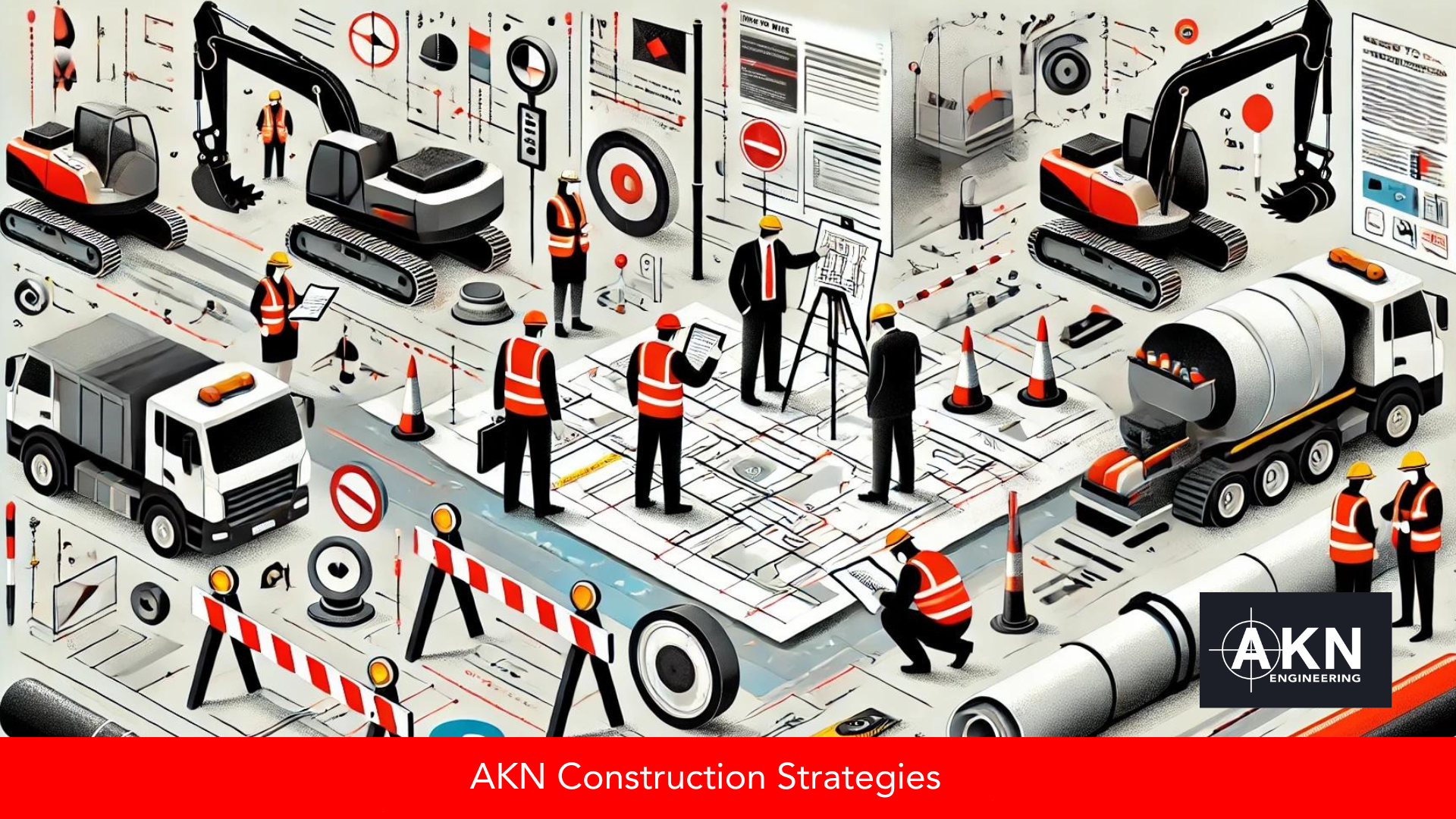The Hierarchy of Hazard Control Measures in Highways Construction
When it comes to highways construction safety, it’s essential to understand the hierarchy of hazard control measures. Whether you're managing a major infrastructure project or overseeing a smaller roadway repair, applying this hierarchy is key to keeping your construction sites safe and efficient. At AKN Engineering Ltd in Hertfordshire, we've been at the forefront of numerous highways construction projects, and safety has always been a top priority. Let’s break down the hierarchy of hazard control and see how it can be effectively applied on your next project.
Understanding the Hierarchy of Hazard Control
In highways construction, hazards are a constant presence, from heavy machinery to hazardous materials. The hierarchy of hazard control is a systematic approach prioritising measures to prevent accidents, starting with the most effective and working down to the least effective. Here’s how it breaks down:
1. Elimination: The Ideal First Step
Elimination is the process of completely removing a hazard from the workplace, making it the most effective way to control risks. For instance, in a highways construction project, rerouting a road to avoid a landslide-prone area can eliminate the hazard entirely.
2. Substitution: Reducing the Hazard
When elimination isn't feasible, the next best option is substitution —replacing the hazardous material or process with a less dangerous one. In construction risk management, this might mean using safer materials or less hazardous equipment.
3. Engineering Controls: Designing Out the Danger
Engineering controls involve designing or modifying equipment or the work environment to minimise exposure to hazards. For example, using barriers between traffic and construction zones or implementing machine control systems to guide heavy machinery can drastically reduce the risk of accidents.
4. Administrative Controls: Policies and Procedures
Administrative controls include implementing policies and procedures to reduce or minimise exposure to hazards. In highways construction projects, this might involve traffic management plans or rotating workers to reduce exposure to hazardous conditions.
5. Personal Protective Equipment (PPE): The Last Line of Defence
Personal Protective Equipment (PPE) is the last resort in hazard control. While it doesn’t eliminate the hazard, it protects workers from it. In highways construction, PPE such as high-visibility clothing and hard hats is essential.
Prioritising Safety in Highway Construction
By prioritising the hierarchy of hazard control, you can significantly improve highways construction safety. Starting with elimination and substitution, followed by engineering controls and administrative controls, and finally using PPE, you create a safer work environment.
As a site engineering company with a strong focus on highways construction, we understand the importance of these measures. Our versatile team is committed to implementing best practices to ensure both the success of the project and the safety of all involved.
For further information on construction risk management and safety measures, check out the [Health and Safety Executive HSE, the UK Government’s Road Safety Strategy, the Construction Industry Training Board (CITB), and the Royal Society for the Prevention of Accidents (RoSPA).
By applying the hierarchy of hazard control effectively, we can contribute to safer, more efficient highways across the UK.
For more insights into highway construction and to explore our range of services, visit our website. We’re here to support your projects with our expertise and dedication to quality.


